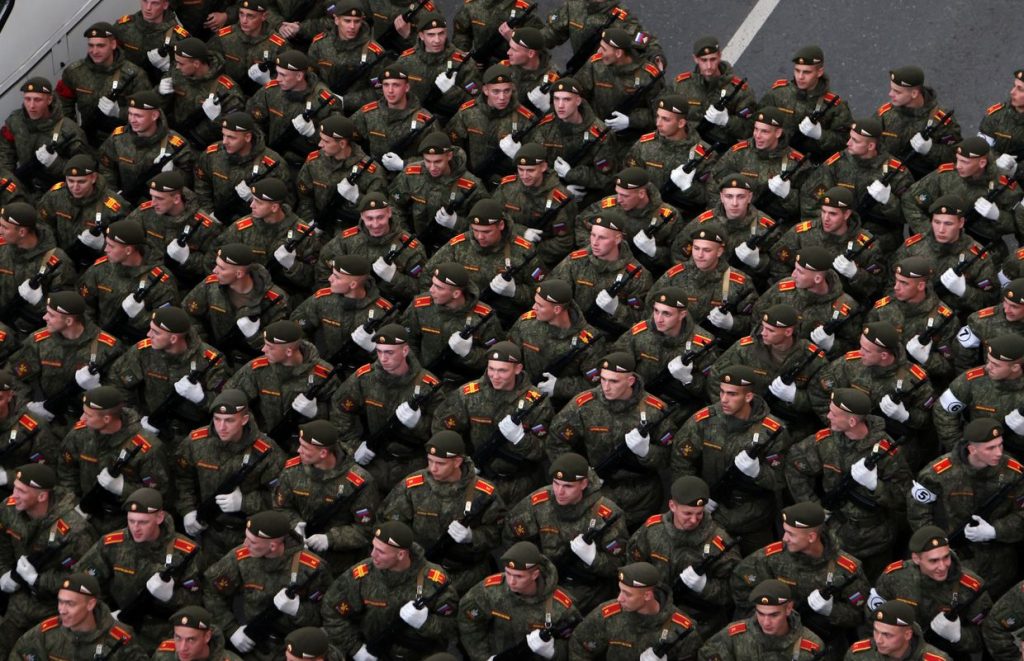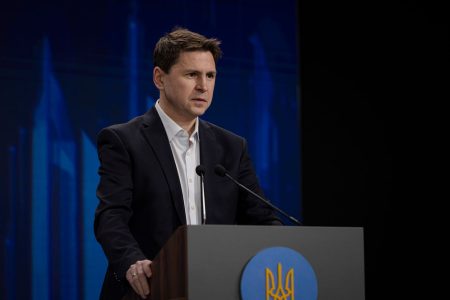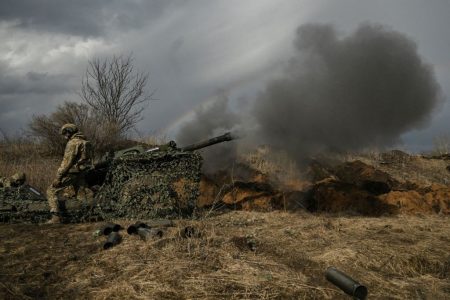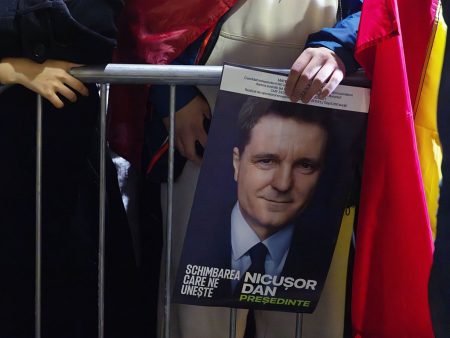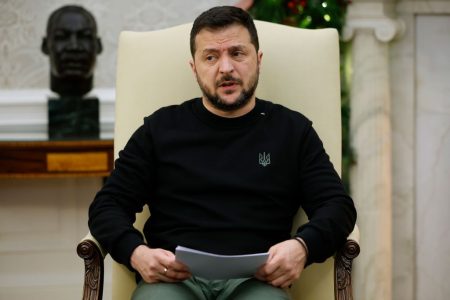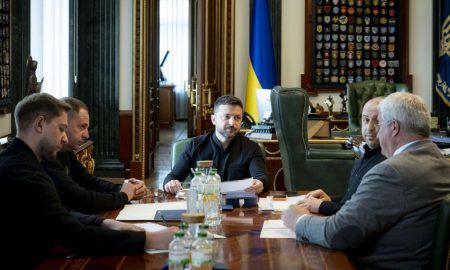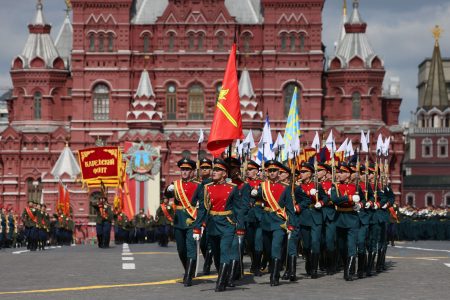Amidst the ongoing conflict in Ukraine, Moscow has resorted to various tactics to maintain its military operations, including expanding its state-sponsored mercenary companies, recruiting prisoners, and forcibly conscripting individuals in occupied territories. Recently, Russia has been offering military salaries that outbid other employers in most towns, funded by projected oil revenue of $180 billion from China and India in 2023. This strategy has attracted millions of military-age Russians who are desperate for money, leading them to work for the military-industrial complex or join the army in hopes of survival. Estimates suggest that Russia has been losing a significant number of troops each month, with reports indicating up to 30,000 new recruits joining daily.
The profile of Russian soldiers remains consistent, with many being described as dirt-poor and poorly educated, often joining the armed forces due to limited prospects in their hometowns. Ethnic minorities are overrepresented in the military, reflecting Russia’s long-term structural racism. On the battlefield, Russian soldiers have been engaging in acts of war crimes, with increased brutality becoming alarmingly common. The casualties among Russian service members have been significant, with regions like Buryatia, Dagestan, and North Ossetia experiencing high losses. The recruitment of new soldiers has been targeted at individuals between the ages of 30 and 45, with efforts to avoid enlisting the very youngest individuals.
The motivations for joining the Russian military have shifted over time, with most recruits now driven by financial desperation rather than ideological support for the war. Many individuals see the war as a chance to improve their dire circumstances, despite the high likelihood of death. The recruitment drive offers financial incentives, with regional bonuses exceeding the national average salary, attracting both law-abiding citizens and criminals alike. Regions compete to meet enlistment quotas to demonstrate loyalty to the central government, avoiding consequences for falling short.
The combat capability of Russian troops has fluctuated, with new recruits often receiving minimal training before being deployed to the frontlines. Tactical evolution has seen Russia adapt its fighting strategies, moving towards small-unit models supported by tanks, artillery, and drones. The use of PMC-like units has also been observed, with state companies and oligarchs attempting to create irregular forces. The experiences of Russian soldiers on the battlefield have been marked by brutality and inhumane treatment, with reports of torture, summary executions, and punitive measures being widespread.
The harsh conditions and lack of training have led to a decline in the quality of Russian forces, with soldiers facing extreme hardships and the threat of violence from their superiors. The prevalence of punishment pits and deplorable living conditions highlight the brutal nature of the conflict and the disregard for human rights. As the war in Ukraine continues, the toll on Russian soldiers and the civilian population remains high, with implications for the overall stability and security of the region. The ongoing conflict underscores the importance of independent journalism and support for the people affected by the war.









